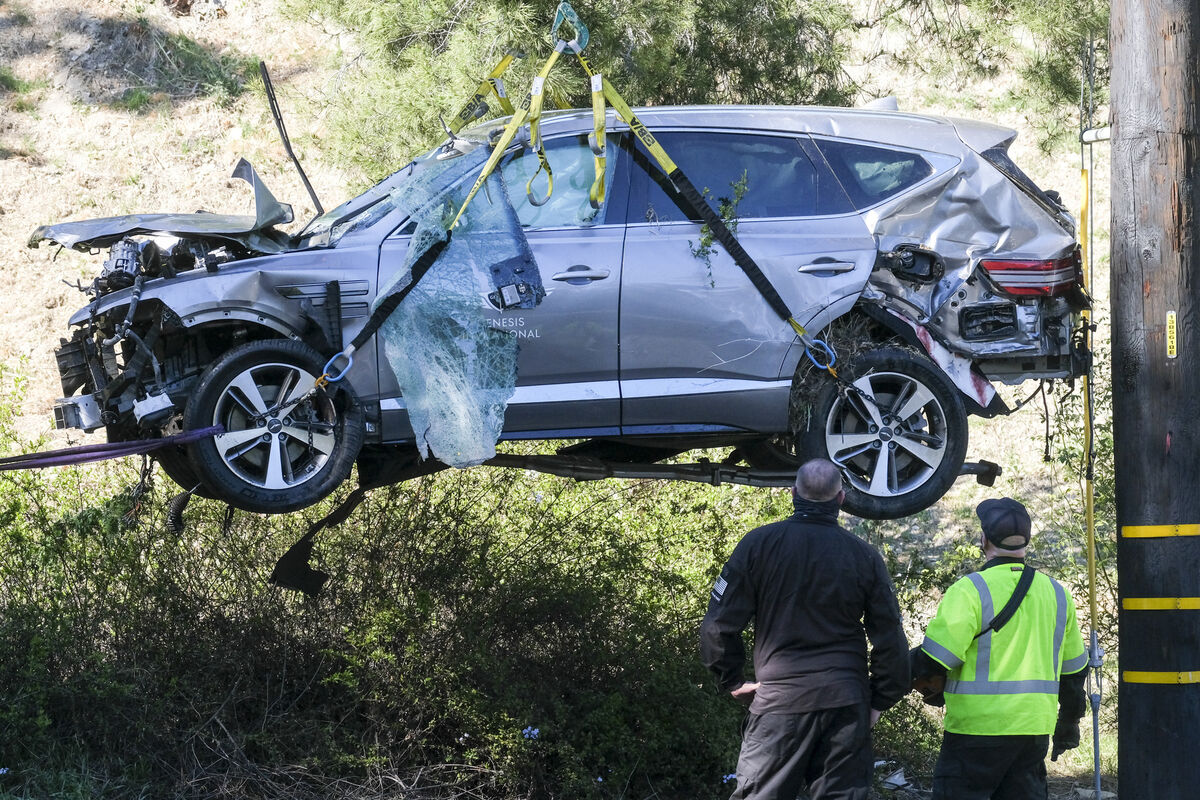Catherine Conlon: Bigger is not better – the case against SUVs

The Port of Cork welcomed the biggest ever car carrier to its port in 2021, carrying thousands of cars and SUVs to the Irish market. Picture: Port of Cork
In recent years, big bulky sports utility vehicles have become the most popular cars on Irish roads. In 2021, 55,000 of these cars were sold in Ireland — nearly 55% of all new cars. Nineteen thousand of them were sold in Dublin city alone in 2021— nearly half of all cars registered in the capital. Whatever about the need for a car that has improved off-road ability on country back roads – is this great lumbering vehicle really necessary in Dublin city?
This trend is not confined to Ireland. In Europe, SUVs made up 44% of new vehicle purchases in January 2021. The British think tank New Weather Institute suggest that this trend is a result of what they call ‘Badvertising’: advertising that encourages consumers to make environmentally disastrous decisions.
What is the reason for their popularity? Most agree that the true first mass-produced four-wheel-drive was the Willy’s Jeep — a vehicle created to transport soldiers over rough ground in the second world war. Britain responded with the Land Rover — following a similar ethos of tough and sturdy but adapted to everyday use with proper doors and weatherproofing.

The Range Rover, introduced in 1970, was probably the true original SUV, combining the features of a luxury saloon car with the ability to negotiate rough terrain, spawning the development of hundreds of vehicles in a similar style. People love them because of the extra space for passengers and luggage, extra space for drivers and higher views, as well as improved off-road ability if they have four-wheeled drive.
So, what is the problem with these large, comfortable vehicles that have the capacity to contain the kids, the luggage, the dog, and the kitchen sink?
Tom Stacey, Senior Lecturer in Anglia Ruskin University, writing in , UK (May, 2022) identified four key factors why SUVs are less safe and worse for the environment than a regular car.
SUVs are larger so they are using more materials in their production than the car they are based on meaning more material is used and more energy in the making of those extra materials — up to 200kg of metal, plastic and rubber The extra weight mean SUVs do not have the same fuel economy as a normal car, because the engine must work harder to get the car moving. The extra height off the ground makes them less aerodynamic with an additional impact on fuel efficiency.
The fact that the car is higher off the ground gives the car a higher centre of gravity, increasing risk of rolling. Evidence has shown that SUVs have an 11-times increased risk of rolling over in an accident and children in SUVs are twice as likely to die in that accident.
Blind spots and high bonnets make SUVs particularly dangerous for pedestrians. When they do strike pedestrians, they are more likely to cause serious injury and death, especially over 20 mph.
Research from the Insurance Institute for Highway Safety in March found that SUVs are more likely to hit pedestrians while their drivers are making turns than cars are. The design of the larger vehicle may be a factor, according to the study.
Wen Hu, PhD, senior research transportation engineer said in a news release.

But an in-depth study of the A-pillars has not been done, the Institute said, noting that other design elements of larger vehicles may be a factor, such as ‘high ride heights and long front ends.’ The continued popularity of SUVs in the Irish market has caused the efficiency improvement of new cars in terms of fossil fuel consumption to flat line, and private car oil demand has not been decreasing in Ireland (with the exception of 2020 as a result of pandemic induced restrictions) according to Dr Hannah Daly and Vera O’Riordain, of the Environmental Research Institute in UCC. This is making a big dent in the ability to rapidly reduce greenhouse gas emissions in the transport sector. The larger size of SUVs may mean that drivers and passengers are likely to have a better outcome in a collision with a smaller vehicle. But this has the knock-on effect of incentivising other drivers to buy bigger cars to protect themselves in a potential collision with big, lumbering SUVs.
Lorraine D’Arcy of the School of Transport Engineering, Environment and Planning at TU Dublin, speaking to the Oireachtas transport committee last March, said that ‘overdesigning roads to increase driver comfort’ as well as European ratings for cars that place an emphasis on the safety of those in the vehicle ‘have left communities dealing with an increased threat of larger and faster vehicles on their streets.’ Ms D’Arcy further stated that the measurement of safe streets should not be just of how many people are killed or injured but a multi-criteria assessment ‘that includes the number of people walking and cycling in the area.’ How can this obsession with fuel heavy cars that are spacious and comfortable but increasingly hazardous to vulnerable road users, be thwarted?
A key disincentive is cost. France has introduced a tax on cars according to weight. This would have the advantage of tackling the costs of additional materials going into the production of the car as well as the cost in fossil fuel consumption and greenhouse gas emissions. Another option is to introduce a tax at the point of sale, based on lifetime carbon emissions of the car.
Strict regulation on the marketing of SUVs could have an impact on the image of these cars as desirable cars for young mums, driving in cities, with kids in tow. Climate warnings on car ads have been introduced in France. This could have a real impact on the status symbol of these cars as ‘cool’ cars to drive. Not so cool if you are concerned about the environment as the earth begins to melt.
What would make a huge difference to the culture SUVs as ‘cool’ cars would be for popular celebrities and sports stars to hand in their car ambassador badges and promote active travel instead – cycling to work and school, pedestrianisation and greening of cities as good for kids, good for families, good for the environment.
We have got used to travelling in a way that is a whopping waste of resources, contributes significantly to poor physical and mental health, is hugely expensive, exacerbates global insecurity and places the prospect of hitting targets to halve climate emissions by 2030, out of reach.
It is time to ditch our love affair with SUVs.
- Dr Catherine Conlon is Senior Medical Officer in the Department of Public Health, St Finbarr’s Hospital Cork and former Director of Human Health and Nutrition, safefood. Her book ‘Modern Culture and Wellbeing’ was published by Veritas in 2020.












